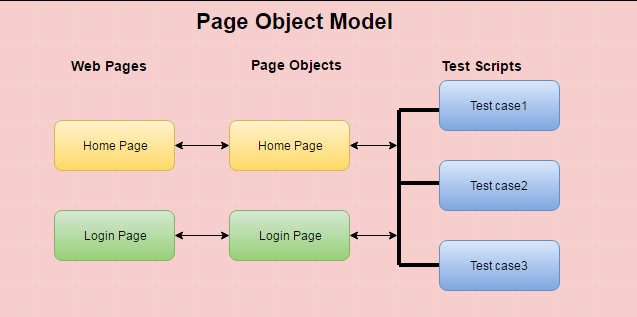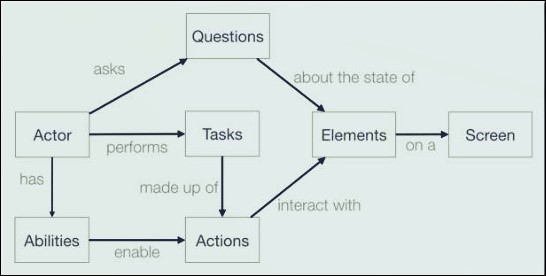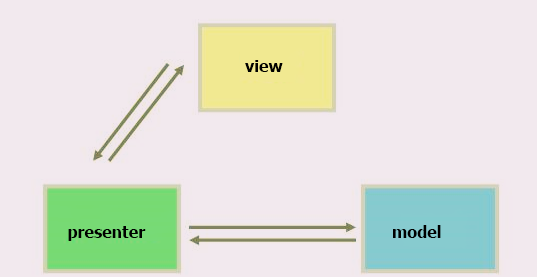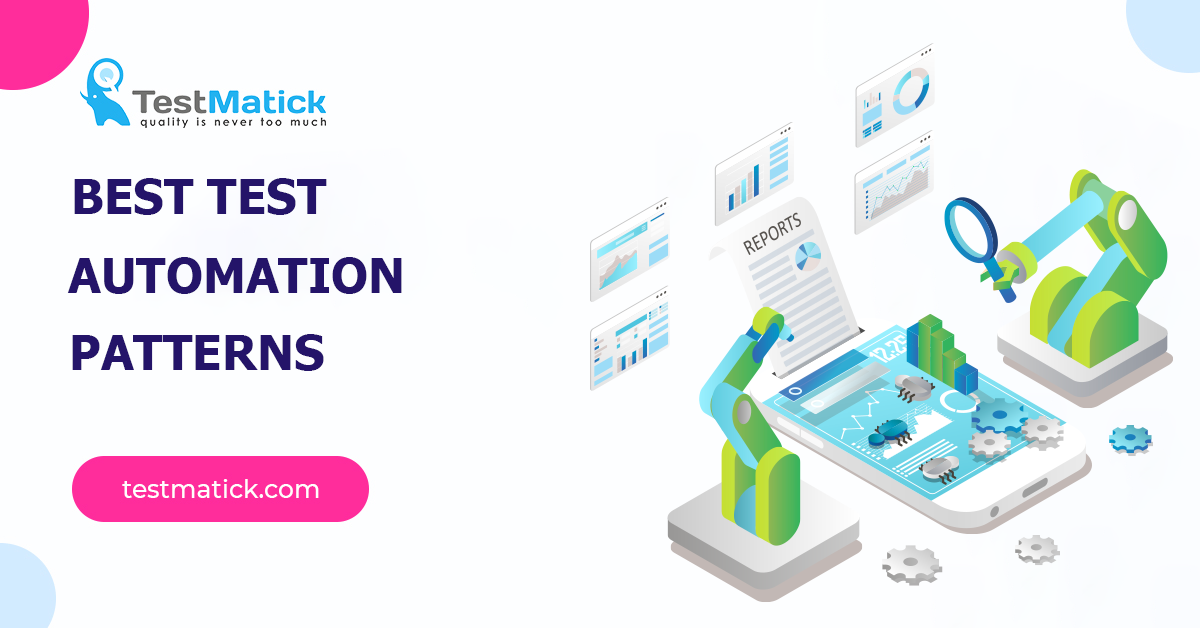A bigger part of the success of any test automation project is based on using popular patterns that have demonstrated their efficiency in increasing the reliability and functionality levels of automation test scripts.
A software test automation pattern is a very simple solution that is very efficient in various web software development and testing projects.
Such patterns are considered the most useful practices for the projects, built on the basis of object-oriented development.The role of patterns in test automation
We should understand that software will be inevitably changed in some time.
And if you understand that such changes are imminent, you will use only efficient practices and software testing patterns from the very beginning. They will help you to make your automated tests simple to use and simple in technical support.
We’ll talk further about the most popular automated testing patterns, that are used by many popular teams. They help to create reliable automated tests and improve the general logic of testing on the projects.
Page object
It’s one of the most popular strategies, used for automated testing, that is aimed at simulating the behavior of the software-in-development.
Simple page objects, that can simulate the software parts that have been developed and are ready to be tested, are commonly used for such purposes.

An Example of Page Object
For example, a tester can create page objects for logging in the system or a Home Page. Such an approach correctly shows all important rules of general responsibility.
If something is being edited, such as an object’s ID, you should change one part of the software code, and all tests based on page objects will automatically receive such changes without taking any unnecessary actions by testers.
Page Object also has the function of hiding HTML/CSS technical details in the methods with the simplest and clearest properties.
The proper attitude towards indicating the used methods has additional advantage since it helps a tester to develop convenient API, that can be understood even by a most inexperienced developer.
This pattern also follows very popular software development practice — Don’t repeat yourself.
Briefly, Don’t repeat yourself principle means the following: only one part of software code should be responsible for every logical part of the software.
If there is code duplication, it will seriously impede its technical support: the less code is being developed, the better since more code on the support means that a test framework may contain a bug.
Even one software design pattern can easily solve the main issue of some testers but it can’t solve all issues.Nevertheless, it helps to make automated tests more stable.
Screenplay
Page object, mentioned above, is a good start for creating supported tests but if you do something incorrectly, all automated tests may become uncontrollable in some time.
A popular Screenplay method entails certain usage of SOLID software development principles for reaching the targets of automated acceptance tests. In other words, it’s the result of Page Object refactoring together with using SOLID development principle.
This pattern takes page objects and divides them into tiny elements.
Several QA engineers think that it’s the reason for making their tests more serviceable and reliable for multiple uses on different projects.
One more advantage of this pattern is that it can organize test scripts in more readable blocks.This pattern is generally considered to be used since 2017 when John Smart (a creator of Serenity, a popular test automation framework) suggested using the methods whose test script terms don’t interact with a system.

An Example of Screenplay
When we thoroughly analyze Screenplay, we may feel that its usage is much more complex than Page objects but such an approach will greatly save the team’s time and costs.
Presenter first
Presenter first is actually a variant of Model-View-Controller (MVC) for structuring software code and developing software that supports the aim to create completely tested software using a test-driven approach to development (TDD).

An Example of Presenter First
To understand the peculiarities of Presenter first pattern, you can use the following model: if you display MVC pattern in a form of blocks and graphical arrows, you can see that the view that is actually a graphical interface in testing has properly established connections with a model and directly with a controller.
A QA engineer or a developer has the possibility to configure the model that is being tested and a controller in such a way that the system shows all types of unusual behavior of software such as the system’s crash.Conclusion
All the above-mentioned patterns are related to software patterns but we should remember that there are also numerous examples of other patterns (up to 86), that can solve issues that are related not only to software code.
If you are an experienced automated tester, then these patterns will help you not only to create primary test structures but also execute multiple tests on complex software architectures.










Leave A Comment